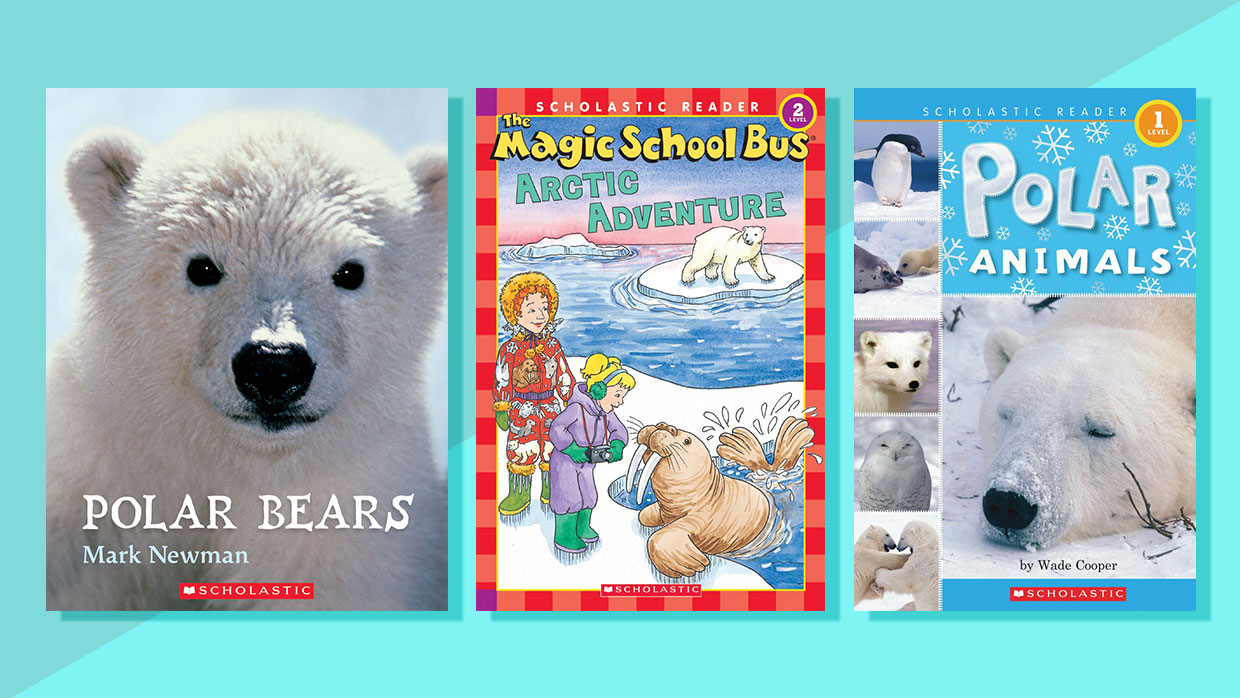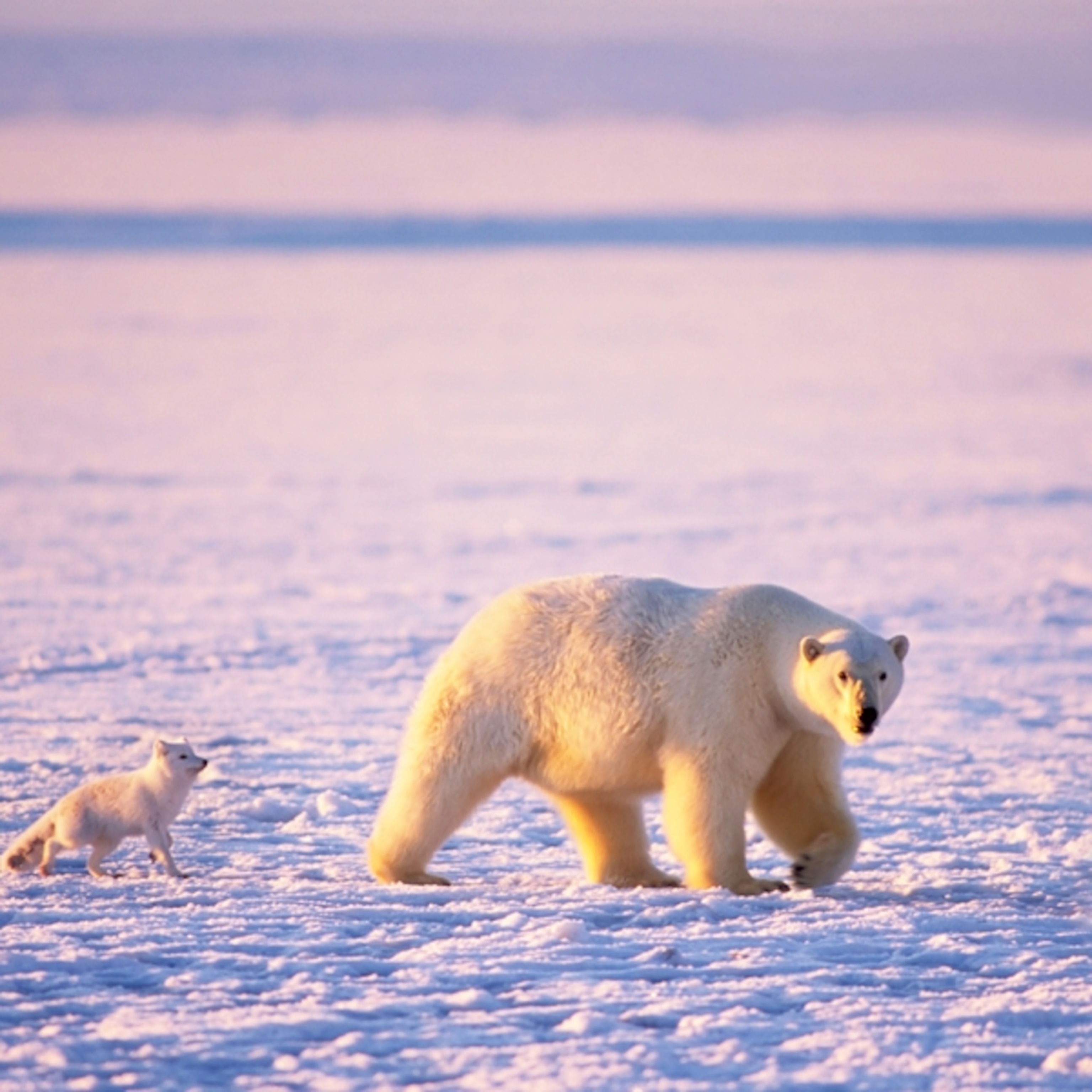Arctic Animals Adaptations Ks1

Use them in the classroom by trying some of the following ideas.
Arctic animals adaptations ks1. A thick furry tail helps to keep the animal warm when it curls up to sleep. It also covers the different types of conditions that arctic plants have to survive in and why they adapted in the first placeIt also teaches students key knowledge about the Polar Region topic. Walruses and humpback whales live in the Arctic ocean.
Show the PDF files on an interactive whiteboard and ask children to describe them. Its important for children to understand the dangers that polar bears are facing due to the loss of their natural habitat as a result of climate change. Arctic cold mild freezing clean dirty moist gritty hairy lumpy sandy slippery green light spiky smooth wet dry prickly heavy sharp red.
Thick fur on the feet also helps to stop its paws from freezing to the ice. I have also included a polar code work starter. The North Pole is in the middle of the Arctic Ocean which is surrounded by the land masses of North America Europe and Asia so there is a land connection to the south meaning that land animals can more easily reach the Arctic unlike Antarctica where animals must be able to swim or fly across hundreds of miles of.
Have students use the National Geographic Animals website and library resources. The Arctic All about the Arctic for KS1 This product includes an informative Power Point and printable activities. Videos and lots of information about animal and plant adaptations.
Learn important facts abo. Lots of photo resources are available below showing different arctic and antarctic animals. Students will learn how these animals adapt to their environment in this lesson on on Arctic animals.
PLANT OR ANIMAL. The pack starts with suggested animals with unique adaptations to visit at Colchester Zoo including a map of where to see them and which encountersfeeds to attend. This is the fourth lesson in the Polar Regions unit of work in which students will learn about arctic plants adaptations and how theyve evolved to survive the extreme conditions of the polar tundra.



















